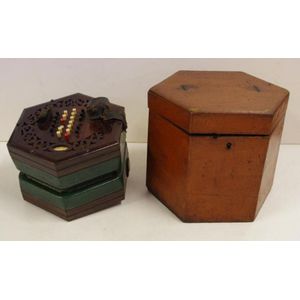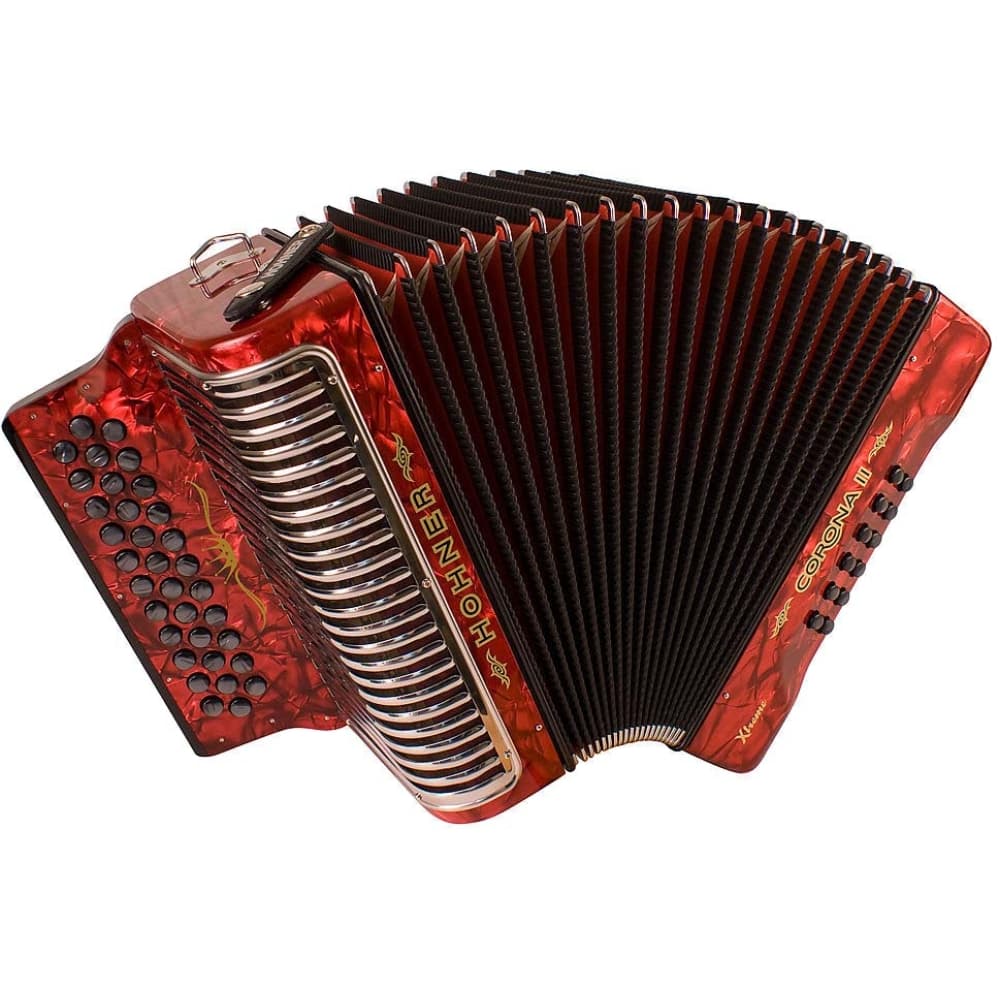

The main exposition is complemented by a series of separate collections, such as: musical boxes from the 18th and 19th centuries, Giancarlo Cocitos complete collection of stamps featuring the accordion, an iconographic collection consisting of around six hundred objects and statuettes donated by Armando Bugari and maintained by Beniamino Bugiolacchi, a collection of coins and medals gathered by Giuseppe Mileti, and a very peculiar series of cinema posters. The museum collection consists of three hundred and sixty items (some of them being truly unique) from twenty-two countries. He used to be the art director of the Castelfidardo International Accordion Festival. Senor Bugiolacchi is also head of Italcinte, manufacturer of straps and accessories for musical instruments.

It was founded by Beniamino Bugiolacchi, a famous accordion historian, who remains the museums director. It was founded by Beniamino Bugiolacchi, a famous accordion historian, who remains the museums. The museums collection can be evaluated as the largest assembly of fully.

The museum comprises a special interactive zone, where you can play various instruments with your own fingers. The exposition is divided into sections representing various European countries, including the Kingdom of Denmark. The region of Klingenthal and Zwota spawned such world-famous accordion workshops as Royal Standard, Barcarole, Horch, Weltmeister, Galotta and Hutschelli.Īt the museum you can learn about the accordion history of development, its impact on society and culture. In 1829, the first harmonicas were born here, whereas the first accordions were exported in the 1850s.

Here you can see a restored version of the worlds first accordion (1783), peer into a Russian accordion masters workshop, dine at a traditional Moscow tavern, and watch performances by contemporary harmonica, bayan and accordion players. Since then the museum has enjoyed wide popularity both among experts and the general public. The first visitors saw the exposition on December 28 th, 2000. On January 12 th, 1999 a decree On the establishment of the Alfred Mireks Russian Accordion Museum exercising its rights as a branch of the Museum of History of Moscow. In 1996, the Moscow City Government allocated a building in the city centre thus laying the foundations of the museum.


 0 kommentar(er)
0 kommentar(er)
